

We continue to introduce you to sailing yacht classes. The previous article covered sport centerboard boats and catamarans, while this one is going to be about several classes of keelboats – both sport and leisure ones. Some current models were created over 50 years ago, took part in the first Olympic Games and have become the true sailing legends. Other boats epitomize the latest achievements of yachting industry. All together they unite a large community of fans worldwide.
Monotype yachts have a special place among keelboats. They are built strictly within pre-set rules and are used primarily for single class competitions.
Star is rightfully considered the most famous keelboat with a two-person crew. This true legend of sailing sport owes its creation to the American yachtsmen George Corry and William Gardner. In 1908, Corry, who strove to make the sailing sport more affordable and popular, commissioned Gardner’s agency to create a project of an inexpensive keel yacht. The first prototype drawn by Francis Sweisguth was tested in the Long Island Sound in the summer of 1910.
The year 1922 saw the first U.S. championship taking place with over 100 boats competing, while in 1932 Star was included in the Olympic program. Historically, Star had been constantly upgraded. Initially equipped with Gunter rig with a short mast and an equally-sized gaff, the boat quickly turned into a classic Bermuda-rigged sloop. At the same time, the sail boom length was comparable with the mast height. Following the global trends, this ratio had been changing with time and the spar reached its current dimensions by 1930. To keep the boat affordable and decrease the cost for athletes, the class association management forbade using carbon fiber reinforced plastic for making masts and hulls. It was decided to use dacron for sails. Starting from 1932 and up until 2012 Star was only once suspended from participating in the Olympics. Now it is officially being considered for reintroduction in the Games.
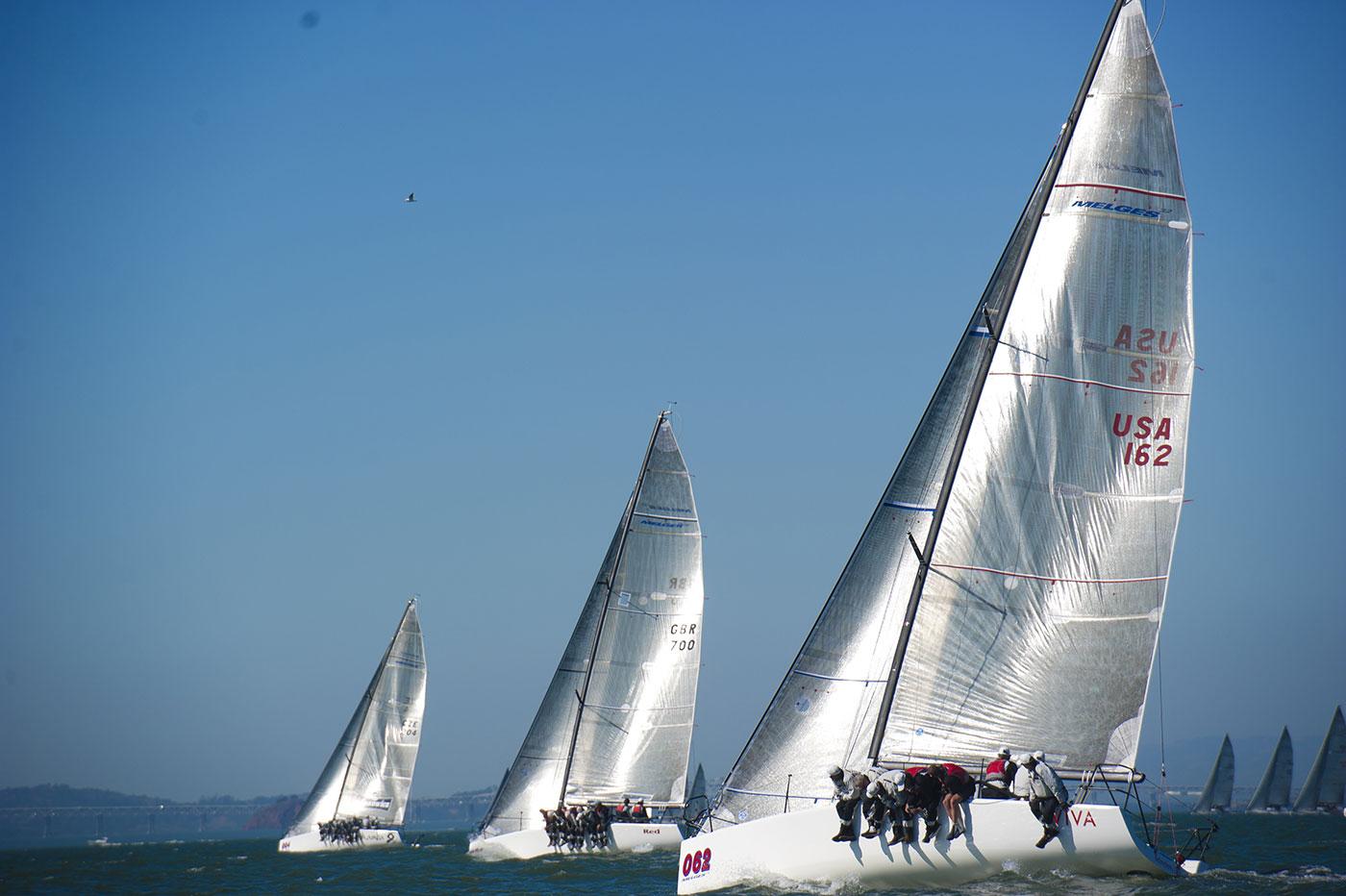 |
Star |
Dragon is a yet another veteran of sailing. The boat was created in the 1930s by Johan Anker from Norway and has a classic hull shape. The crew size is three persons; the rigging type is Bermuda rig. As it evolved, the boat got a plastic hull and high-tech spars. However, classic regattas, still held nowadays, admit only wooden boats. Such regattas have been steadily gaining popularity. Traditionally, Dragon has been the choice of aristocrats. It may be due to the fact that it appeared at a time when it was affordable for the select few or to its incredibly elegant outlines conjuring up the images of the first racing yachts and the America’s Cup. In any case, if you want to get a boat that was once navigated by John F. Kennedy or the Prince of Monaco, Dragon may be your best bet.
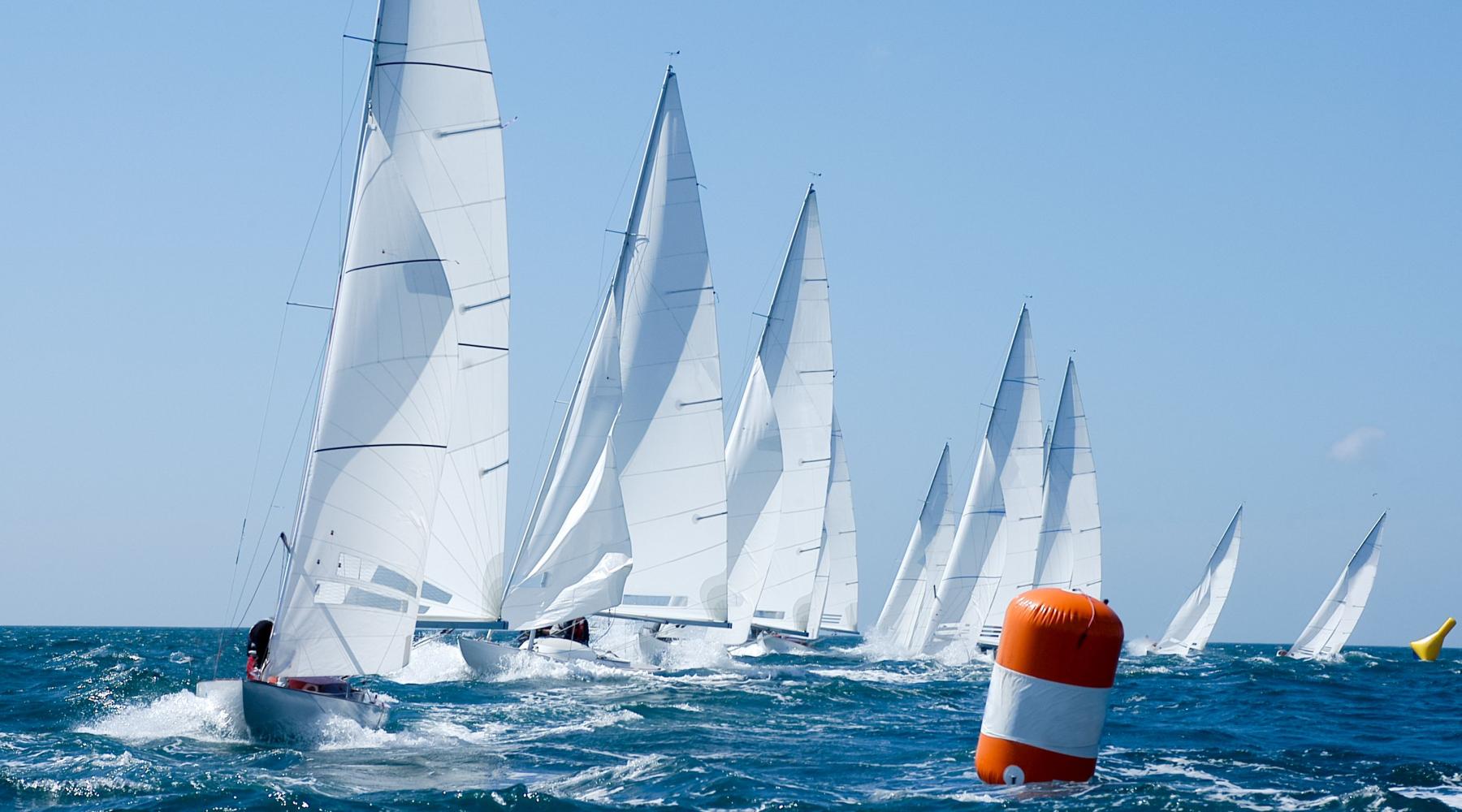 |
Dragon |
The state-of-the-art and athletic keel yacht SB20 prevents you from overstretching a meager budget, not to mention that it is easy to set afloat. The plastic monotype boat was initially built at the Laser Performance Ltd. shipyard based on a design by Tony Castro, a well-known racing boat constructor. Until 2012 the class was protected by a license and was called Laser SN3. Later it was renamed SB20. This fast moving boat boasting an additional big light sail (gennaker) and Bermuda rig and capable of gliding proved to be equally accessible for rookies and pros alike. The number of crew members is restricted to the total weight of 270 kilos. Thanks to a special retrievable mechanism, the keel is raised when the boat is launched, which makes the mooring requirements much simpler. Another singularity of the SB20 class is the total ban for heeling. By merely leaning your elbow behind the special steal lifeline you will already break the rules. Today many sailing schools have appreciated the technical possibilities of this boat and frequently use it for training.
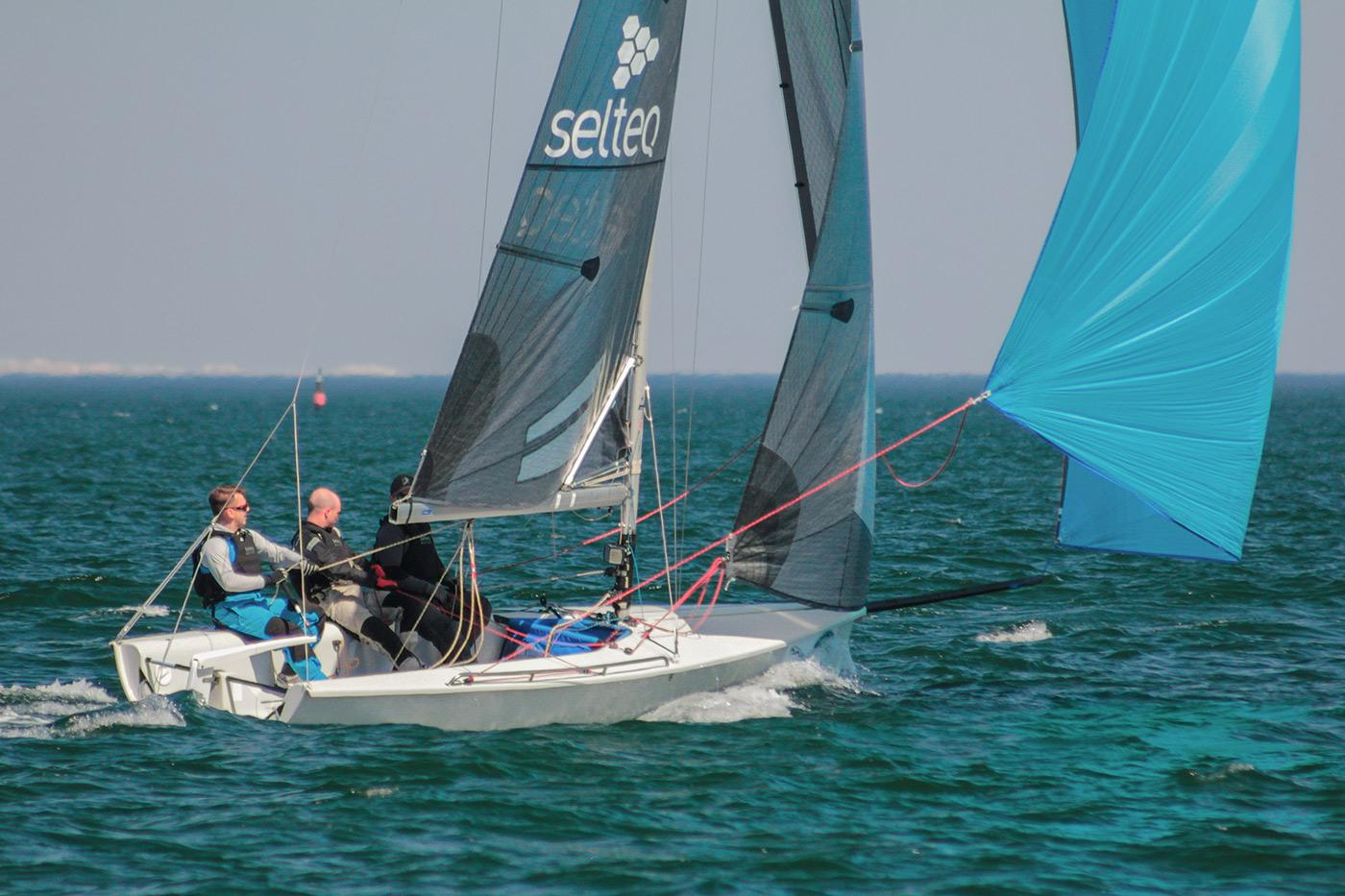 |
SB20 |
The idea of a light keelboat whose navigation philosophy is close to sport centerboard boats was embodied by marine designers John Reichel and Jim Pugh (Reichel/Pugh Yacht Design) in the Melges 20 project. A fleet of impressive size quickly emerged in the USA, followed by the speedy Melges Performance Sailboats monotype finding fans across the globe. One of Melges 20’s indisputable advantages is the lack of restrictions in terms of crew weight for beginner teams. Yet, this boat has received a stamp of approval from the professionals, too, due to its lifting keel which considerably simplifies transportation and setting the boat afloat, as well as its highly aesthetical design. A series of races take place annually, from national competitions to world championships.
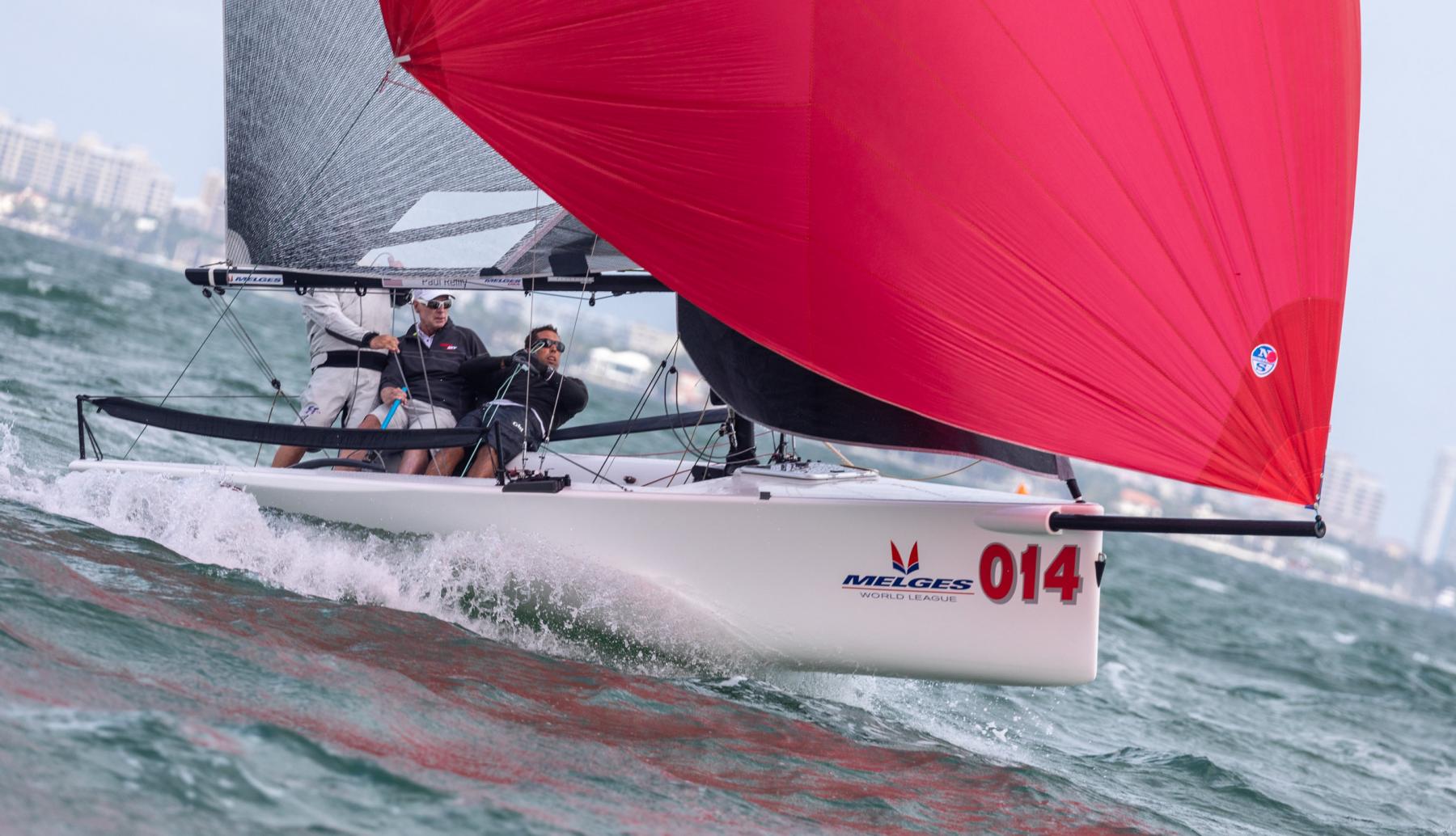 |
Melges 20 |
J/70 could be called an ideological successor of the legendary Dragon class. And it's not just about having a shelter cabin at your disposal, since its main purpose is sails storage, rather than providing the rest area for the crew. This monotype keelboat now is one of the most highly demanded among racing yachts. The jib sail allows to quickly change the sails configuration at the twist. The mast made of carbon fiber reinforced plastic gets easily bent allowing for tuning in a very vast range. The crew size may vary, but four persons are considered the optimum number. The boat dimensions are given with the allowance for trailer transportation, which makes the logistics easier. J/70 is ideal for coastal sailing or enclosed waters. However, a lifting crane is needed to set the boat afloat. The J/70 fleet is constantly growing, so buying this boat is a good investment for the future — it will be a while before this boat goes out of date.
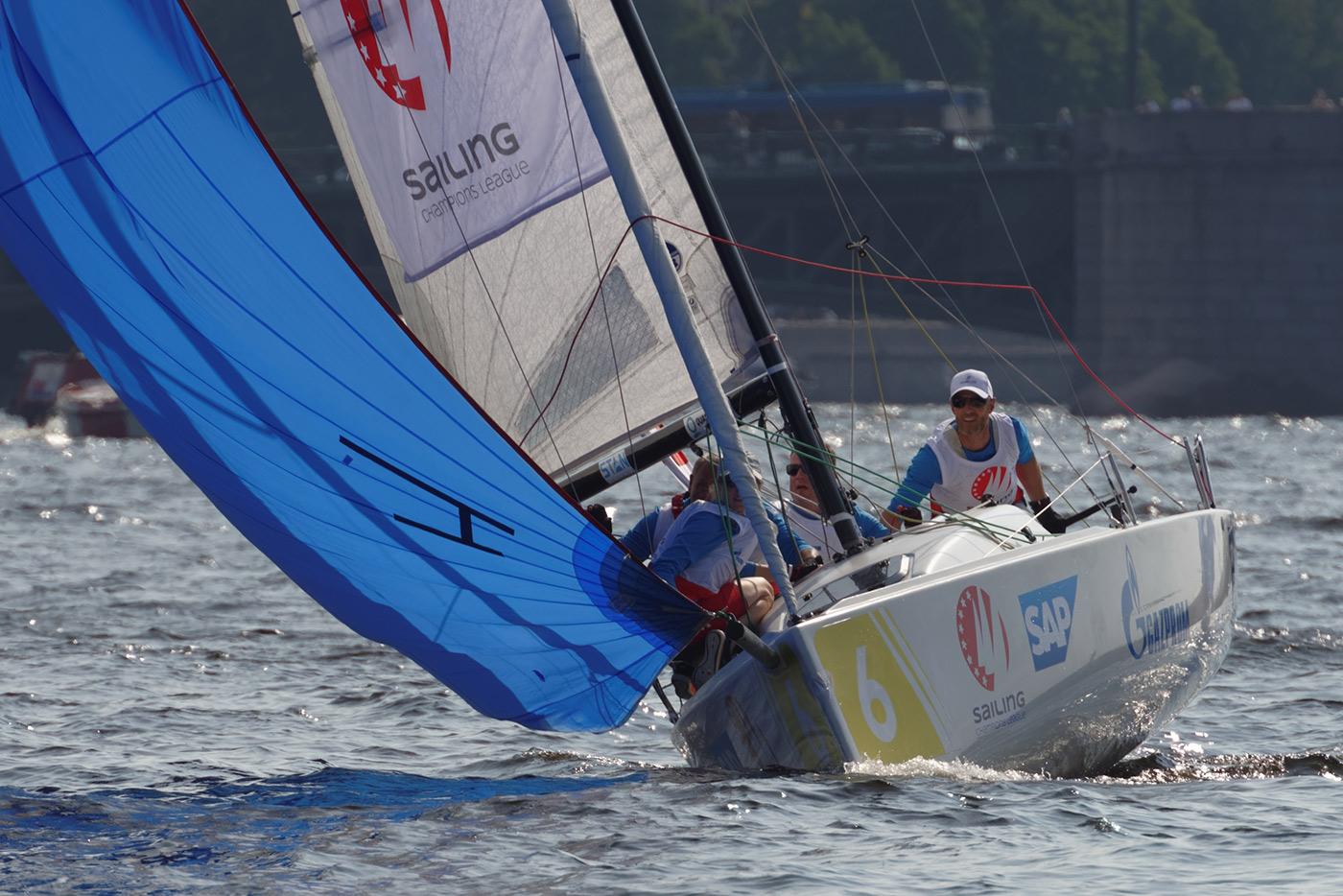 |
J/70 |
The Melges 32 project was destined to fulfill the racing ambitions of a six person crew. The boat is designed so as to reach the top speed in full sail while demonstrating excellent performance in maneuvering. The fiberglass plastic hull is carbon-reinforced in areas of maximum stress. The crew weight is restricted to 629 kilos. The boat comes with an extensive choice of sails, which can provide high speed in a vast range of wind conditions.
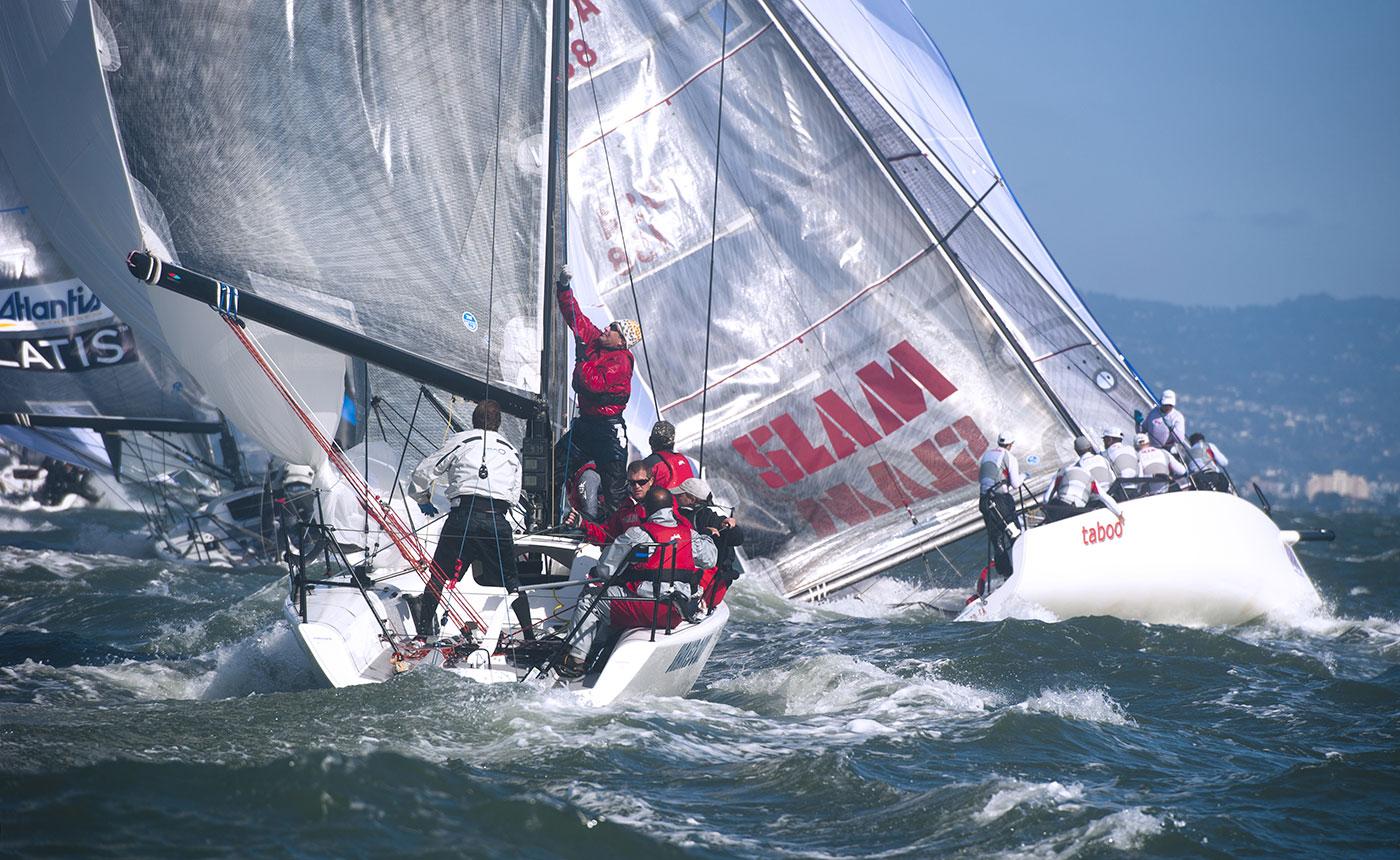 |
Melges 32 |
An uncompromising project balancing between classic and ultramodern yachting – there are no hydrofoil wings yet, but a swinging keel is already there. In 2017, the reputable magazine Yachts & Yachting named the boat Keelboat of the Year. Despite its impressive length, the hull inside a Melges 40 boat is empty, so the domain of this boat is coastal racing.
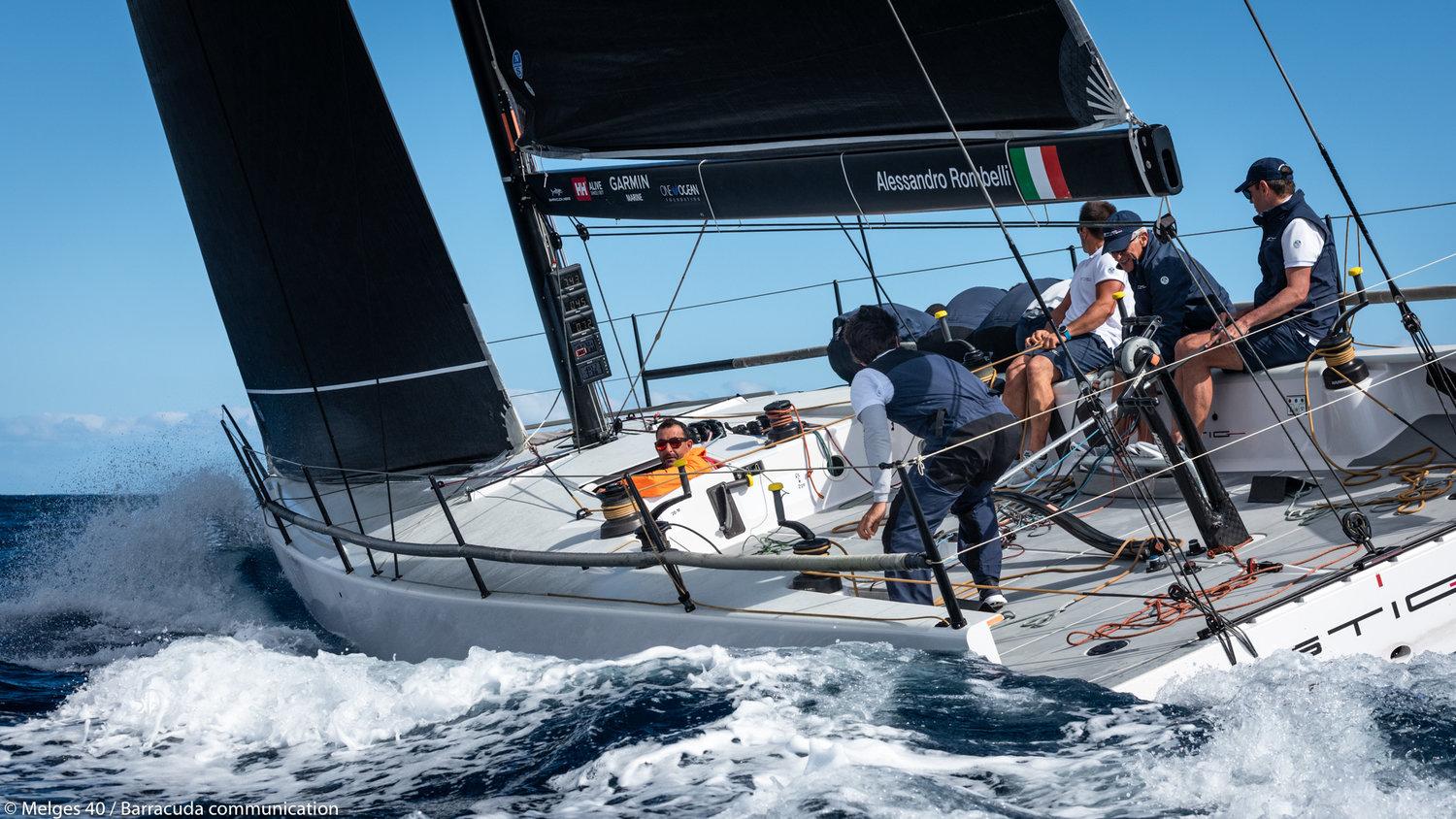 |
Melges 40 |
If Koenigsegg is your choice among automobiles, you definitely should consider RC44 class among sail boats. The philosophy of this boat designed by Russell Coutts is complexity, technical ingenuity and incredible speed, yet the owner himself, rather than a hired pro, should be the person behind the helm. Given the strict consistency that rules supreme inside the fleet, winning depends entirely on the skill of the crew, the tactician and the helmsperson. A total of eight people are allowed to be on board during a race. Apart from the crew itself, the team also includes technicians who keep the gear ready for action.
 |
RC44 |
Open class boats are in a category of their own. They span almost the entire size range, from smallest yachts and to ocean worthy giants. The main thing here is the digit following the word “Open”, which is the measuring score that a particular boat should fit in. Thus, the famous Hugo Boss belonging to Alex Thomson is an excellent example of the Open 60 class. Class 40, which has developed from Open 40, is also rapidly gaining popularity. These boats have become a yet another attempt to combine the remarkable speed characteristics with the possibility of a relatively comfortable cruise sailing. To that end, the class rules had to be modified. Now Class 40 has become a separate fleet with over 100 yachts built by such shipyards as Akilaria, Jumbo and Pogo.
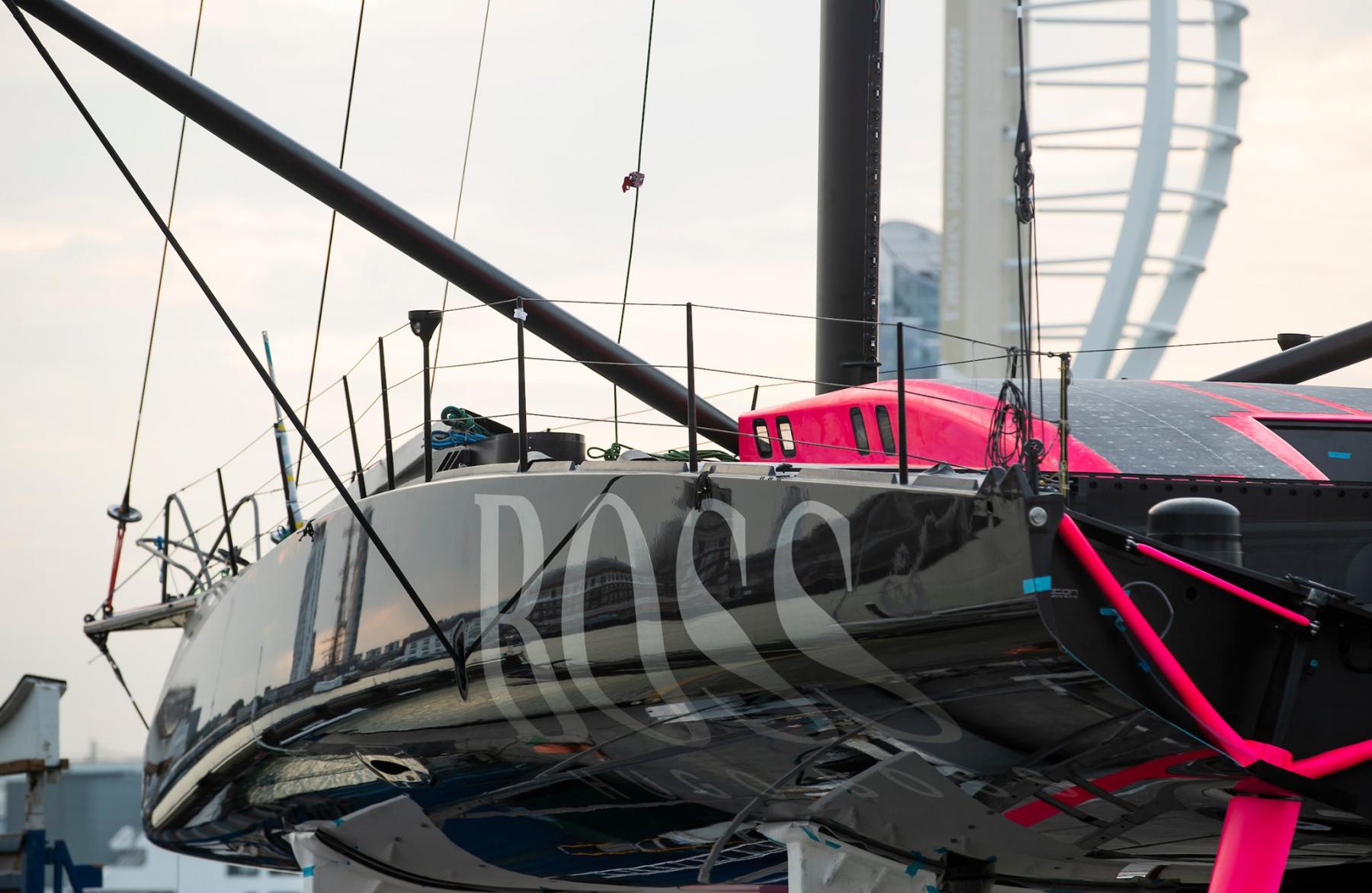 |
Class 40 / Pogo 40 Racing-cruising Open 60 / Hugo Boss |
Among those who appreciate comfort aboard and regularly make lengthy cruises there are quite a few lovers of racing. Racing-cruising yachts may be:
Monotype Boats
If you want to avoid any rescoring and be able to see who the winner is straightaway, you should choose a yacht that can compete in one design fleet racing.
This class is in every aspect an “elder brother” to J/70. Designed in 1992 by Rod Johnstone, this Bermuda sloop combines navigation simplicity and reliability. With this boat your sailing area will not be reduced to confined waters only. The cabin is comfortable enough to spend the night on board, while the spacious cockpit allows you to work with sails in a confident manner. J/80 would suit both family yachting and teams with racing ambitions. The boat can be easily trailer-transported and has all the advantages of J/70, logistics-wise.
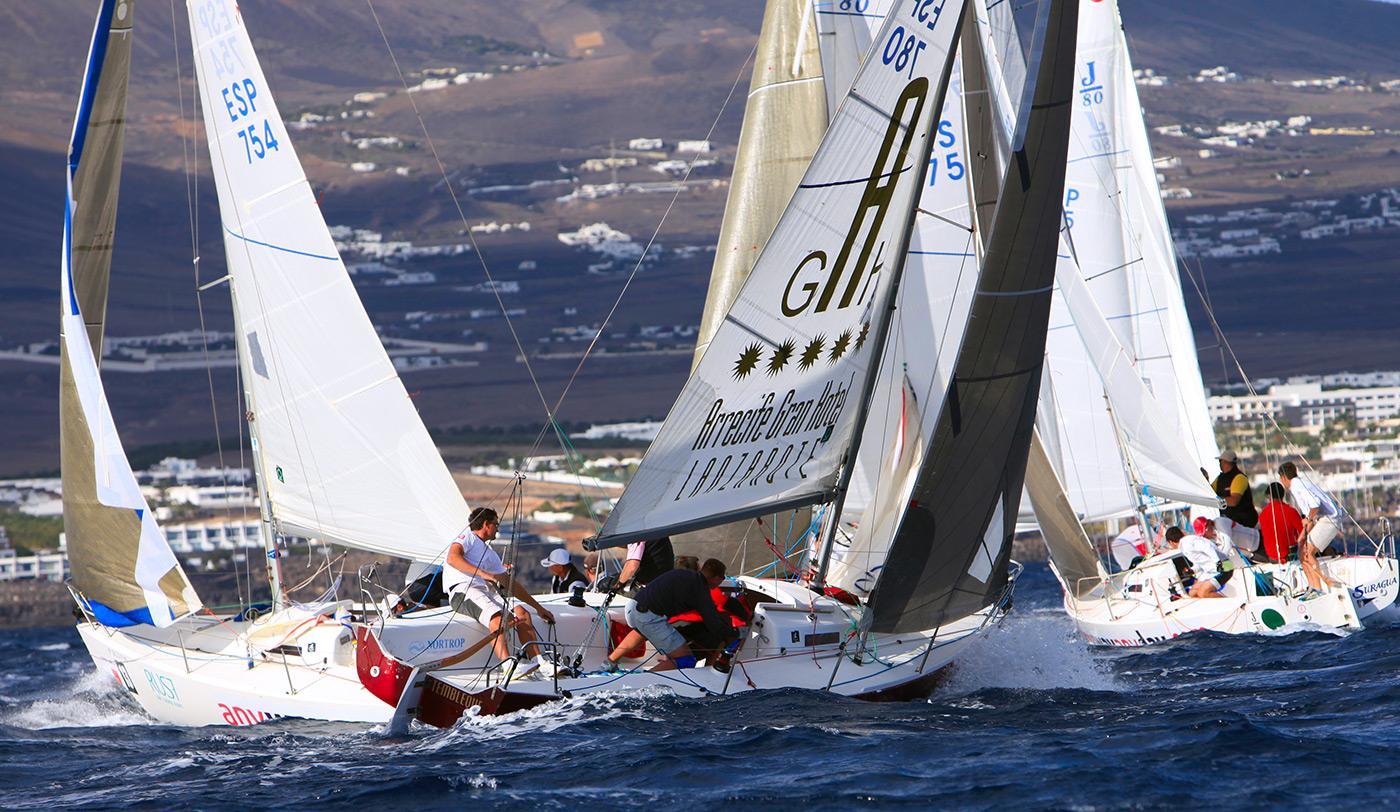 |
J/80 |
The high-speed offshore J/99 boat is the latest product of the J/Boats and J/Composites companies. Sufficiently comfortable inside, the Bermuda sloop is designed with an outstanding racing result in mind. The ergonomic cockpit and deck space make the boat easily manageable by a crew of four people. J/99 shows confidence is glissading under a gennaker. When gathering high speed, the yacht starts to sail with the apparent wind. In this case the navigation technique resembles that for the 49er, when a yacht sails before the true wind without being in the downwind almost at all. Due to the perfect ratio of size (including for transportation purposes) and measuring score this yacht will be the perfect choice for offshore Rolex regattas or Caribbean races.
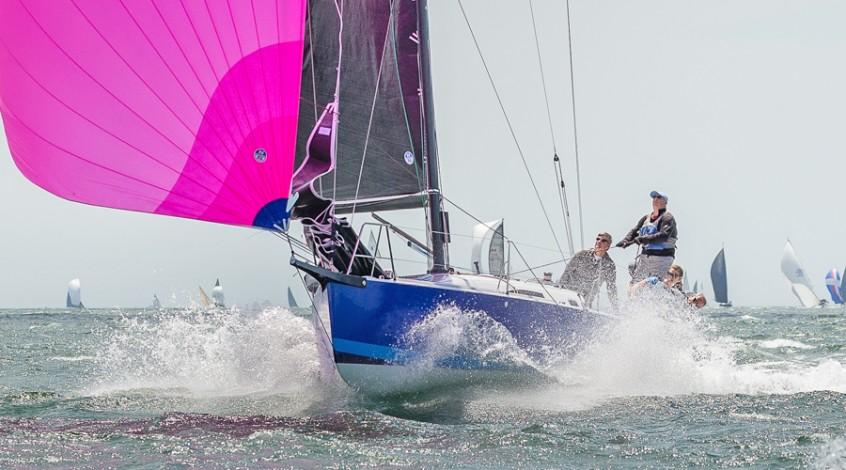 |
J/99 |
Benjamin Beneteau started his boat producing business in 1884. Since then, the little workshop has turned into one of the industry’s leaders. Beneteau’s Group total turnover exceeds $1 billion U.S. Under its umbrella the Beneteau family now has such brands as Delphia Yachts, Jeanneau, Lagoon, Monte Carlo Yachts and many others. The leisure-and-race Beneteau First boats in sizes 35, 40 and 45 feet have gained the most popularity among individual brands. The two latter boats are the core vessels in the fleets of many charter companies and are widely used at amateur regattas, especially in the Mediterranean. Along with that, the Beneateau Oceanis series, racing-capable yet comfort-oriented, is the staple of the cruise fleet.
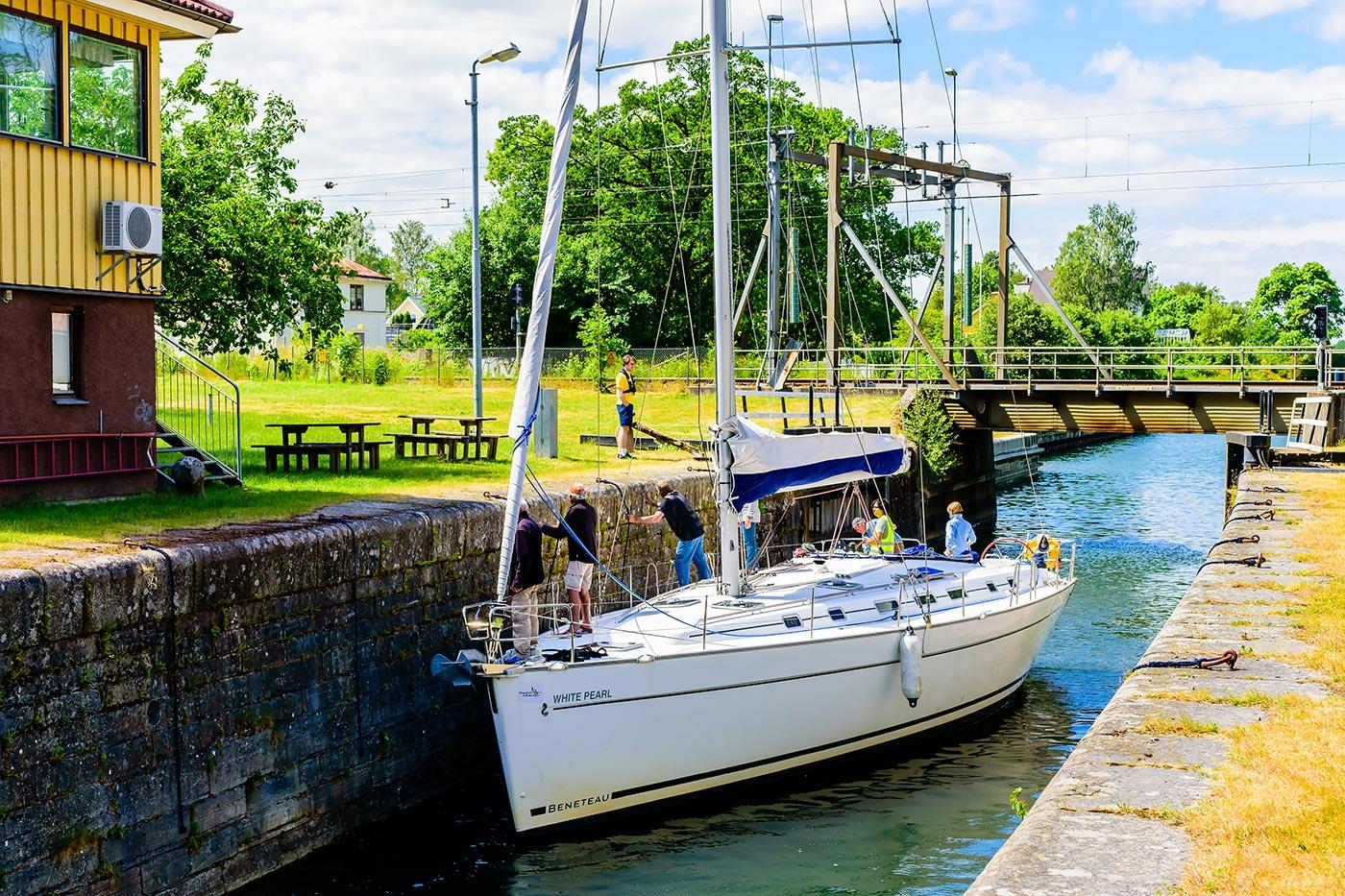 |
Beneteau First 35 Oceanis 45 |
In 1966, Pekka Koskenkyla, a sailing-obsessed native of Finland, founded the Nautor AB shipyard. Together with designers from the American company Sparkman & Stephens, he started to produce boats under the Swan brand. The boats took off among renowned athletes and soon were winning awards in regattas across the globe. For instance, Swan 43 won Admiral’s Cup in 1969, while Swan 65 Sayula II was victorious in the first Whitbread Round the World Race (now Volvo Ocean Race). Since 1998 the shipyard has been part of the Ferragamo Group. With the arrival of the 21st century, Nautor’s Swan went on to concentrate on manufacturing monotype boats each of which can be customized. At the same time, they all remain single-hull Bermuda-rigged yachts. The current model range includes Swan 48, Swan 54, Swan 60FD and larger boats. The digit traditionally means the boat’s footage. Large-scale regattas oftentimes have separate standings for the Swan 42 and Swan 45 boats, which is hardly surprising given the boats’ popularity. Apart from that, the boat range features Club Swan 36, Club Swan 50 and Club Swan 125 yachts which are used primarily for monofleet racing.
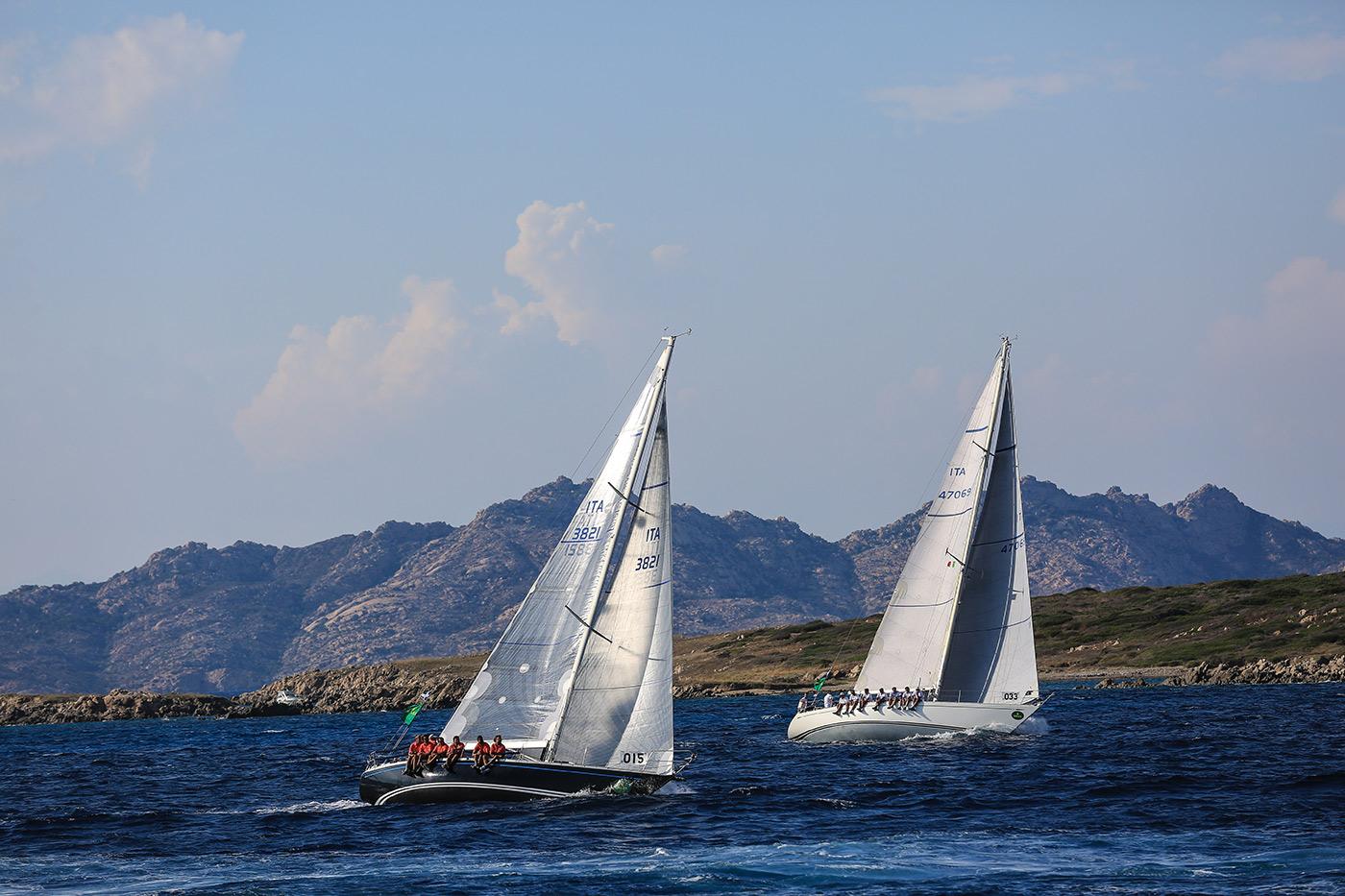 |
Swan 42 CS Swan 45 |
Without a doubt, producers such as Jeanneau and Shipman are also noteworthy. Each brand has sold enough same-type boats to put together a separate large-scale regatta. However, we are not going to delve into every single one of them – they all have their pros and cons as shared by their owners at numerous specialized forums.
Even though there are many custom-made boats in the world, this is no reason why you should keep away from regatta racing. One of our previous articles dealt with rating systems which score the results for boats with different technical features. In a nutshell, every boat owner should have their boat measured and obtain a certificate of the system specified in the Notice of Race. A good illustration of an individual approach to yacht-building for races is Rambler 88, which showed the best time in RORC Caribbean 600 and Rolex Middle Sea Race but bowed out after the time was recalculated.
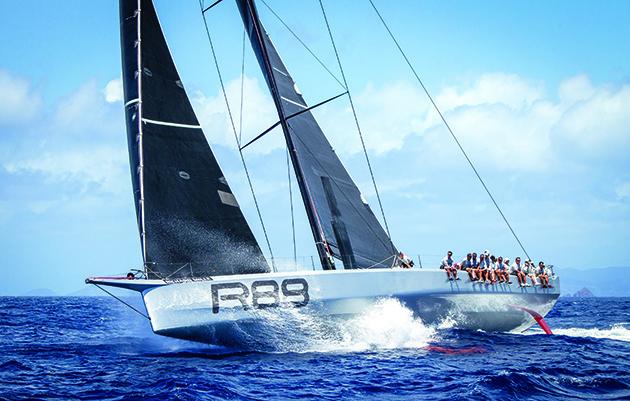 |
Rambler 88 |
To recap, the key rule is simple – whichever boat you choose, it should be safe and match your experience while allowing room for growth and bringing you joy. True yachtsmen are truly happy people.